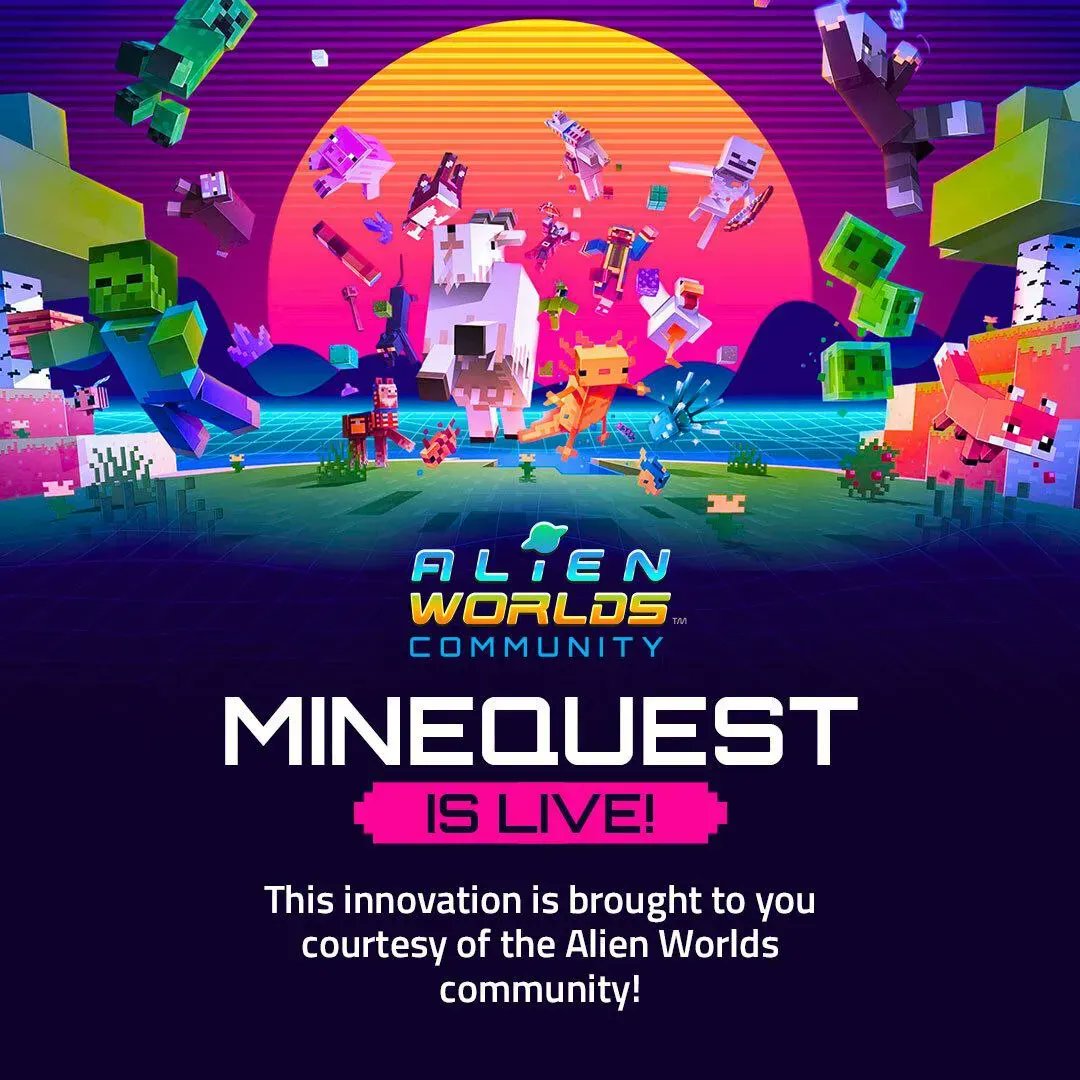Figuring out the general sentiment towards Web3 gaming, which is also called blockchain gaming, can be tricky. On one hand, there are reports of companies doubling down on their investments in in-game NFTs, while on the other hand, there are reports about developers’ resistance toward the new technology and complaints from gamers about high entry fees for play-to-earn games. Opinions about Web3 gaming are divided, but if there is one thing that it is certain, it’s that progress and blockchain’s place in gaming’s future is inevitable.
With the majority of Gen Z saying they would like to experience making money in Web3, it’s increasingly clear that blockchain gaming is not just a passing fad but rather the building blocks of a new generation of games and opportunities for players and creators in the digital economy. Those who oppose Web3 gaming fail to see that it’s not just about buying a non-fungible token or getting premium virtual items for bragging rights. Web3 technology facilitates exciting new experiences in gaming, and there are countless possibilities for studios to use these new technologies to enhance player engagement and satisfaction.
Current gaming landscape
Emerging gaming studios are well aware of Web3’s potential to enhance the player experience via cross-platform possessions, metaverse activations and the creation of authentic economic value. Nevertheless, traditional gaming companies appear to struggle to adopt and implement these concepts in their games. To replicate the success of Web3 startups and overcome the obstacles encountered by established studios, it is essential to thoroughly assess the current environment, formulate a strategy and implement innovative ideas.
GameFi, which exists within the Web3 gaming space allowing players to earn cryptocurrency through playing games, can be a difficult concept to implement because it requires a meaningful comprehension of blockchains, protocols, skilled developers and user buy-in. Typically, GameFi relies on blockchain, NFTs and smart contracts for in-game assets. NFTs, which enable players to own and exchange virtual assets within the virtual world, are one of the most popular and extensively used Web3 implementations in gaming today.
Alien Worlds is a great example of GameFi implementation. As one of the highest-rated blockchain games, with over 240,000 unique active wallets, it allows users to trade in-game playing cards as NFTs. But it also offers an immersive gaming experience that goes beyond traditional gaming. Players can earn Trilium, an in-game currency that can be used to engage in decentralized autonomous organizations called “Planet DAOs.” By utilizing their Trilium tokens in these decentralized autonomous organizations, players can vote on in-game events, create mini-games within Alien Worlds, and even elect a planetary custodian. All of these actions are recorded on the immutable and transparent blockchain, ensuring complete fairness and transparency. (Neither the author nor her employer has any ties to Alien Worlds.)
Crafting a well-planned strategy that includes a governance system for players to engage in, as well as the ability to trade and earn, can unlock a multitude of opportunities to leverage Web3 technology and unlock the true potential of Web3 gaming. However, achieving this requires more than just focusing on in-game purchases. It also requires a new model for the in-game economy, one that takes into account the unique benefits and challenges of blockchain technology.
Gameplay economics
In the world of Web3 gaming, the play-to-earn (P2E) model has gained significant popularity. Axie Infinity, which launched in 2018, played a significant role in popularizing this model. However, the lack of a sustainable, long-term plan for how players can earn in-game assets with real-world value limits the potential of P2E. The cost of entry to the most popular games is often too high, as players must make an initial investment to support the in-game economy. Innovative economic structures within games that enable players to assign tasks and jobs to each other could revolutionize the way we think about GameFi. Imagine a rich Web3 world where players can fully operate player-run businesses or marketplaces.
To create successful Web3 games, a strategic approach is essential as competition in the field intensifies. Gamers now demand immersive environments with intricate gameplay mechanics where tokens and NFTs have inherent value within the game. Designers must consider the long-term approach by creating a comprehensive strategy that plans how in-game tokens shape the player’s journey and the value they bring. Players can use their tokens to advance their progress and contribute to an in-game economic system. By leveraging Web3 and blockchain, designers can implement smart contracts, DAOs and cryptocurrencies to bring their vision to life.
Fine-tuning the gaming experience
Embracing Web3 presents a tremendous opportunity, especially considering the projected growth of the market, which is expected to reach US$65.7 billion by 2027 from its current US$5 billion size. To thrive in this expanding market, game studios must fully grasp the potential of Web3 technology, collaborate with a strategic Web3 development team, and meticulously design a captivating user experience. These steps are essential to not only survive but also rise in the fiercely competitive and ever-evolving Web3 gaming industry.





